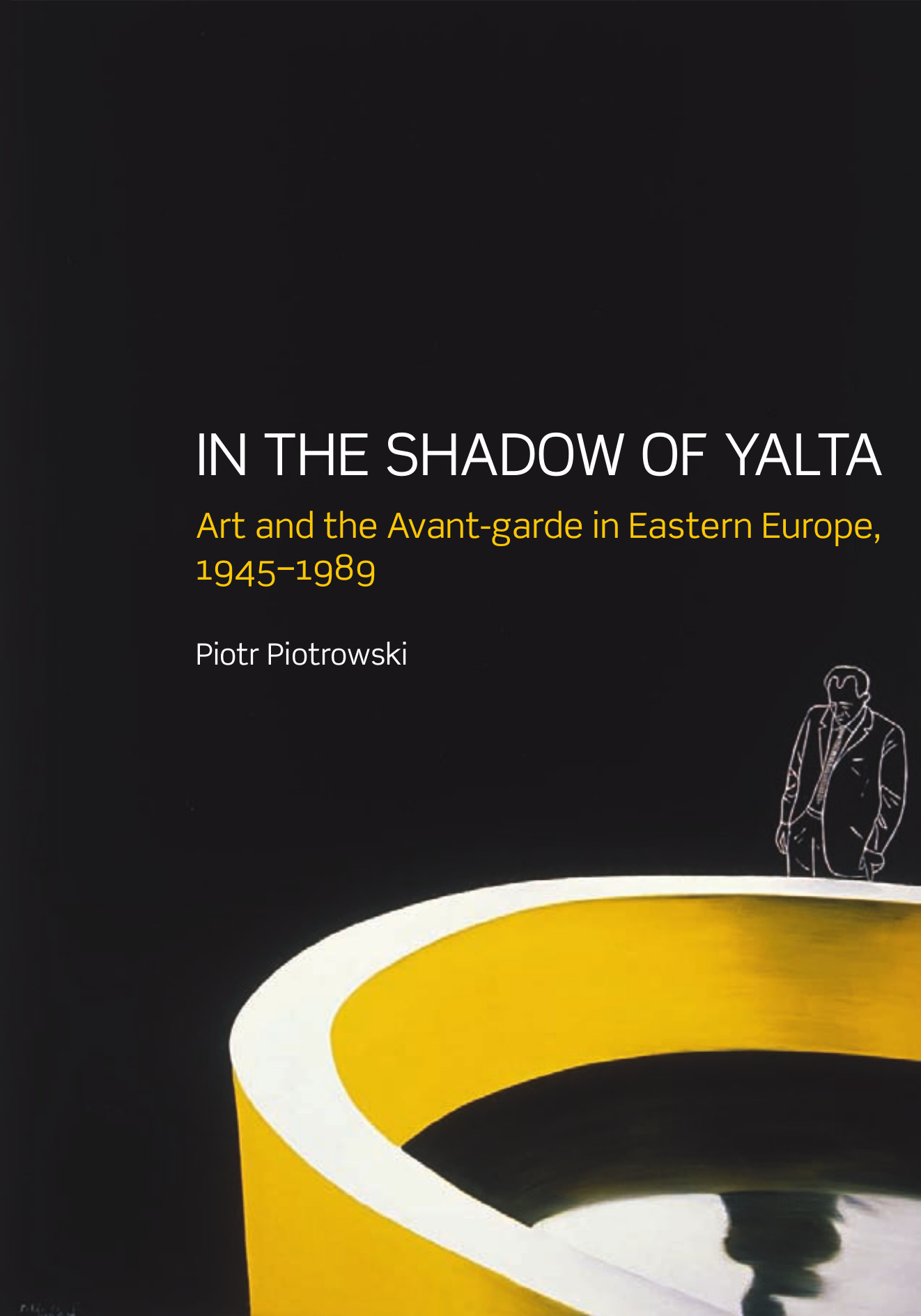François Dosse: Gilles Deleuze and Félix Guattari: Intersecting Lives (2007–)
Filed under book | Tags: · 1960s, 1970s, 1980s, biography, deterritorialization, history of philosophy, philosophy, psychoanalysis, rhizome, schizoanalysis

“In May 1968, Gilles Deleuze was an established philosopher teaching at the innovative Vincennes University, just outside of Paris. Félix Guattari was a political militant and the director of an unusual psychiatric clinic at La Borde. Their meeting was quite unlikely, yet the two were introduced in an arranged encounter of epic consequence. From that moment on, Deleuze and Guattari engaged in a surprising, productive partnership, collaborating on several groundbreaking works, including Anti-Oedipus, What Is Philosophy? and A Thousand Plateaus.
François Dosse, a prominent French intellectual known for his work on the Annales School, structuralism, and biographies of the pivotal intellectuals Paul Ricoeur, Pierre Chaunu, and Michel de Certeau, examines the prolific if improbable relationship between two men of distinct and differing sensibilities. Drawing on unpublished archives and hundreds of personal interviews, Dosse elucidates a collaboration that lasted more than two decades, underscoring the role that family and history—particularly the turbulent time of May 1968—play in their monumental work. He also takes the measure of Deleuze and Guattari’s posthumous fortunes and the impact of their thought on intellectual, academic, and professional circles.”
Originally published as Gilles Deleuze et Félix Guattari: biographie croisée, La Découverte, Paris, 2007.
Translated by Deborah Glassman
Publisher Columbia University Press, 2010
European Perspectives: A Series in Social Thought and Cultural Criticism
ISBN 0231145616, 9780231145619
672 pages
PDF (updated on 2020-11-13)
Comment (0)Richard Hertz: Jack Goldstein and the CalArts Mafia (2003)
Filed under book | Tags: · 1970s, 1980s, art, art history, art system, biography

Jack Goldstein and the CalArts Mafia is the compelling story of Jack Goldstein and some of his classmates at CalArts, who in the early 70s went to New York and led the transition from conceptualism to Pictures art, utilizing images from television and movies with which they had grown up. At the same time, they discovered an artworld increasingly consumed by the desire for fame, fortune and the perks of success.
The book is anchored by Jack’s narratives of the early days of CalArts and the last days of Chouinard; the New York art world of the 70s and 80s; the trials and tribulations of finding and maintaining success; his interpersonal relationships; and his disappearance from the art scene. They are complemented by the first person narratives of Jack’s friends, including John Baldessari, Troy Brauntuch, Rosetta Brooks, Jean Fisher, Robert Longo, Matt Mullican and James Welling. There are provocative portraits of many well known artworld personalities of the 80s, including Mary Boone, David Salle, and Helene Winer, all working in a time when “the competitive spirit was strong and often brutal, caring little about anything but oneself and making lots of money.” Has anything changed?
Publisher Minneola Press, 2003
ISBN 0964016540, 9780964016545
223 pages
PDF, PDF (updated on 2014-12-22)
Comment (0)Piotr Piotrowski: In the Shadow of Yalta: Art and the Avant-garde in Eastern Europe, 1945-1989 (2005/2009)
Filed under book | Tags: · 1940s, 1950s, 1960s, 1970s, 1980s, art, art history, art theory, avant-garde, central europe, communism, east-central europe, eastern europe, southeastern europe, soviet union

“In the Shadow of Yalta is a comprehensive study of the artistic culture of the region between the Iron Curtain and the USSR, taking in Bulgaria, Czechoslovakia, Germany, Hungary, Poland, Romania and Yugoslavia. Piotr Piotrowski chronicles the relationship between art production and politics in this zone between the end of World War II and the fall of Communism, focusing in particular on the avant-garde.
Beginning with an analysis of Surrealism in Czechoslovakia, Poland and Hungary, Piotrowski then examines the evolution of Modernism against the backdrop of the decline of Stalinism. He follows with an account of the neo-avant-garde experience: the body art and conceptual art made during the volatile political circumstances of the 1970s, the times of ‘real Socialism’. The book concludes with an epilogue describing the end of the Communist system in East-Central Europe, and the art that served witness to that end. Alongside the portrayal of the frequently challenging art that was made in response to such difficult circumstances, the common threads that emerge from the narrative are the erosion of ideology, the rise of consumerism and the emergence of political pragmatism.
Featuring more than 220 images by artists frequently unfamiliar to an English-speaking audience, In the Shadow of Yalta is a fascinating portrait of the art made in an area and during a time of crucial importance to the development of Europe as we know it today. The book will have much to say to art historians, art critics, and students of art history interested in Central and Eastern European art, as well as general historians of the region.”
First published by Rebis, Poznań, Poland, 2005.
Translated by Anna Brzyski
Publisher Reaktion Books, 2009
ISBN 1861894384, 9781861894380
487 pages
Reviews: Katarzyna Murawska-Muthesius (Umění, 2007, repr.), Piotr Bernatowicz (Nordlit, 2007), Dorota Biczel Nelson (2008), Éva Forgács (ARTMargins, 2009, repr.), Magdalena Cześniak-Zielińska (Facta Simonidis, 2009, PL), Henning Küpper (kunsttexte.de Ostblick, 2010, DE), Andrzej Szczerski (Journal of Architecture, 2010), Pál Deréky (Balkon, 2010, HU), David Crowley (J European Studies, 2011).
PDF (updated on 2019-2-2)
Comment (0)
